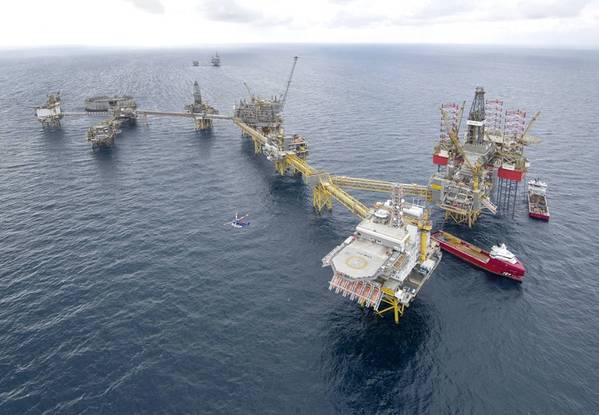
Norway's Aker Solutions has signed contracts with ConocoPhillips to deliver a subsea production system for the Tommeliten Alpha discovery off Norway, and to conduct a front-end engineering and design (FEED) for modifications on the Ekofisk installations to integrate the Tommeliten Alpha discovery.
The Tommeliten Alpha is a discovery in the southern part of the Norwegian sector in the North Sea, approximately 25 kilometers southwest of the Ekofisk field. The water depth is 75 meters. The discovery was proven in 1977. The reservoir contains a gas condensate fluid and lies at a depth of about 3,000 meters.
For Aker Solutions, the estimated contract value for the subsea production system delivery is around NOK 1,2 billion ($128,2 million).
The scope of work covers a complete subsea production system including 10 vertical subsea trees, two manifolds, wellheads, satellite structures, control systems and tie-in equipment.
"We look forward to working together with ConocoPhillips to sustainably maximize the full potential of this field," said Kjetel Digre, chief executive officer of Aker Solutions.
The front-end engineering and design (FEED) for the subsea system starts immediately. The engineering, procurement and construction (EPC) work is expected to start in the second half of 2021 and will involve Aker Solutions’ facilities in Norway, Brazil, Malaysia and the UK.
The contract is subject to Norwegian authorities' approval of the plan for development and operation (PDO).
As for the contract for a FEED for modifications on the Ekofisk installations to integrate the Tommeliten Alpha, the FEED starts immediately, too. It is expected to be completed in the second quarter of 2021 with an estimated value of about NOK 130 million (around USD 13,9 million).
The contract includes an option for the engineering, procurement, construction, and installation (EPCI) work following the completion of the FEED.
Linda Litlekalsøy Aase, executive vice president, brownfield projects, at Aker Solutions said:“We will utilize our expertise in complex offshore modifications to find the most cost-efficient solution for this project.”